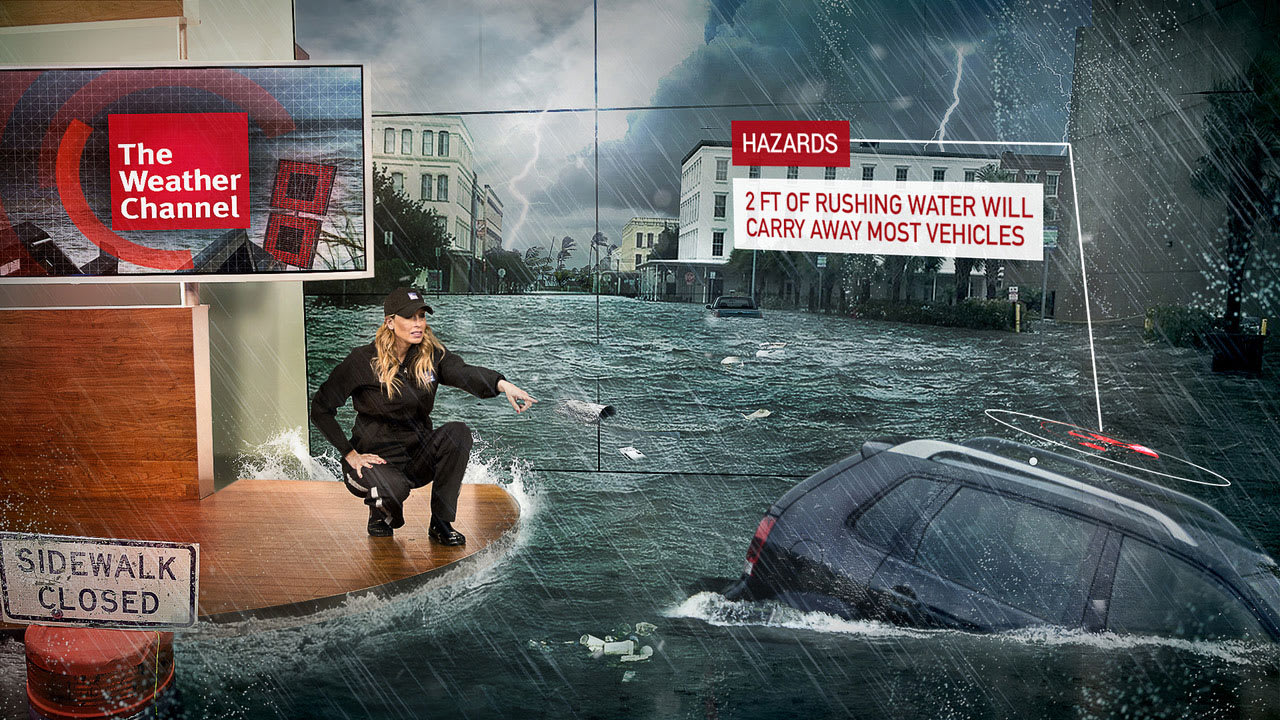 Flood
Flood
Flood papers alert 2023
Adina Moraru (WP2) researches flood risk in mountain rivers at the Norwegian University of Science and Technology. Flooding has taken a toll in European countries during summer 2023, highlighting the relevance of expanding what we know about floods and how we manage rivers. Adina has published two journal papers on this topic earlier this month:
Paper 1: what makes some rivers more vulnerable to flooding than others?

Ruiz-Villanueva, V., Piegay, H., Scorpio, V., Bachmann, A., Brousse, G., Cavalli, M., Comiti, F., Crema, S., Fernandez, E., Furdada, G., Hajdukiewicz, H., Hunzinger, L., Lucia, A., Marchi, L., Moraru, A., Piton, G., Rickenmann, D., Righini, M., Surian, N., Yassine, R., Wyzga, B. (2023). River widening in mountain and foothill areas during floods: Insights from a meta-analysis of 51 European Rivers, Science of The Total Environment, Volume 903, 166103, https://doi.org/10.1016/j.scitotenv.2023.166103
Paper 2: how can we obtain quicker flood data to monitor and manage rivers?

Moraru, A., Rüther, N., Bruland, O. (2023). Investigating optimal 2D hydrodynamic modeling of a recent flash flood in a steep Norwegian river using high-performance computing. Journal of Hydroinformatics, 25(5), 1690-1712. https://doi.org/10.2166/hydro.2023.012
































